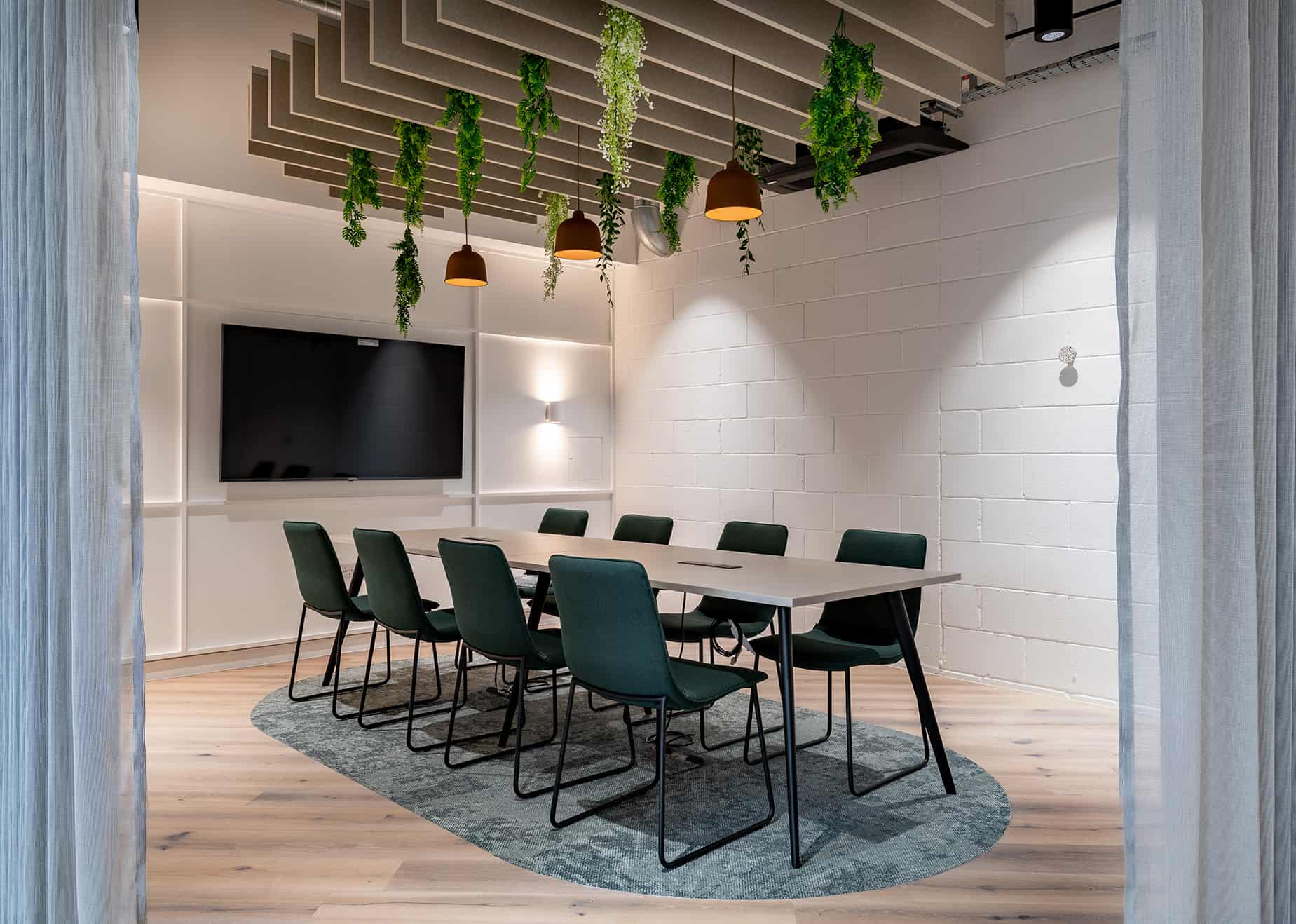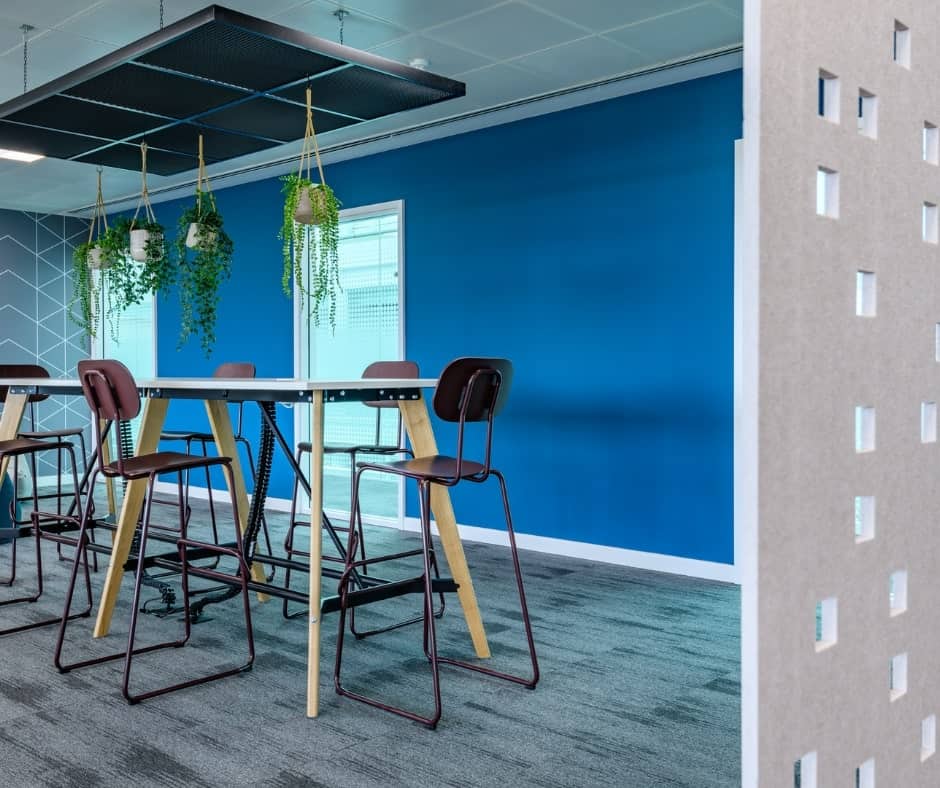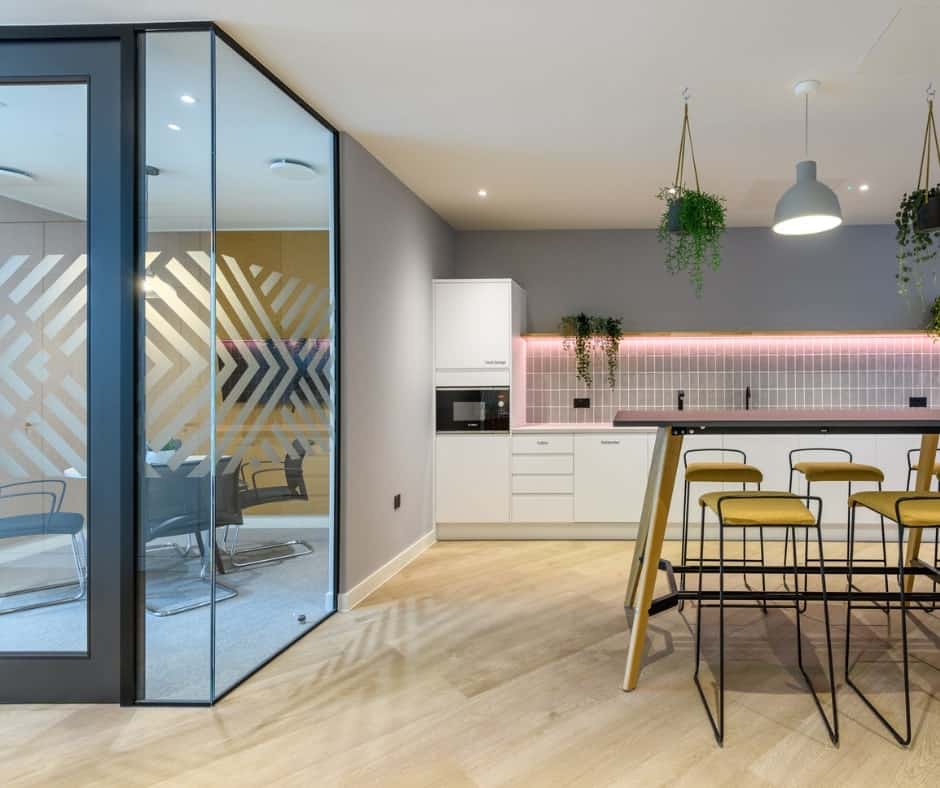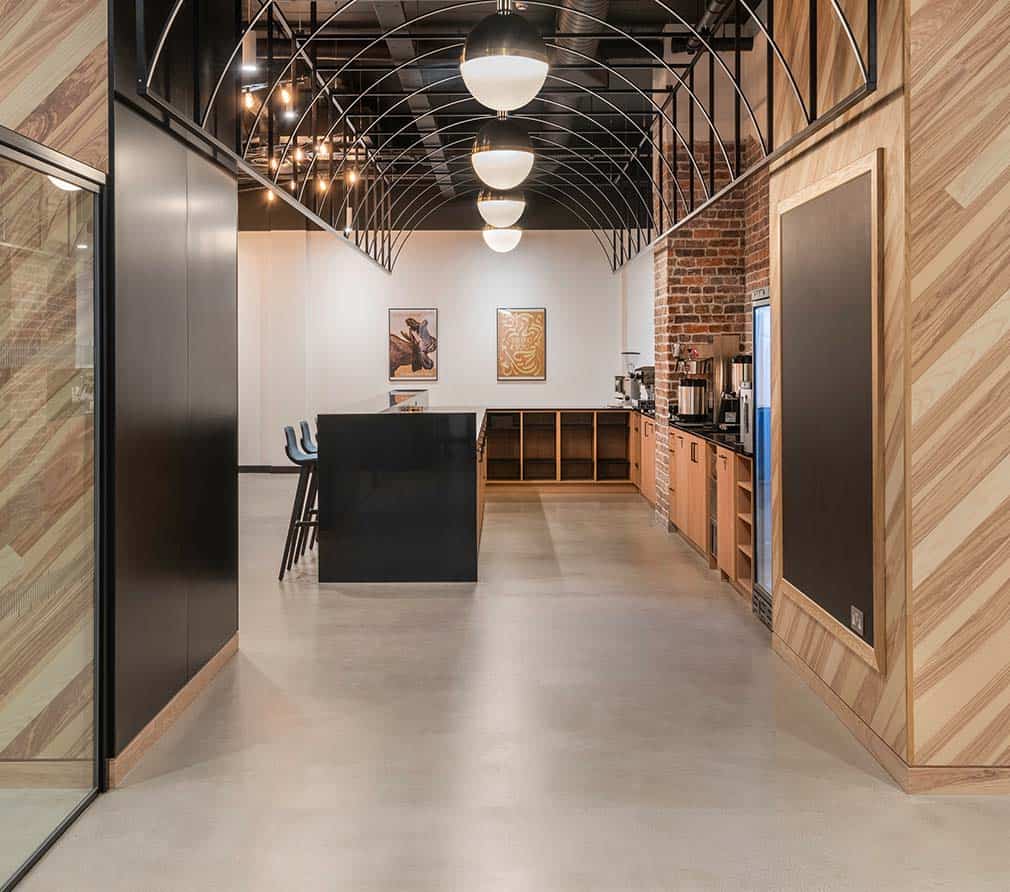While the nature of work has changed a lot over the years, the one thing that has remained constant has been the working environment. Sure, there have been minor changes, such as shifts between open plan spaces and individual offices, but nothing has disrupted the idea of the ‘traditional office’ quite like the pandemic. It’s becoming clear that the global health crisis is shaping the future of office design.
The COVID-19 Impact
While the concept of wellbeing was certainly starting to make its way into the workplace prior to the pandemic, it was the crisis itself that really turned wellbeing from a ‘nice to consider’ into a true operational necessity. Businesses were unable to retain staff and get the most from their people without prioritising wellbeing.
We’ve reached a point where, in order to build a strong employer brand for the future, companies must be prepared to build work environments that are adapted to both the body and mind. For many, that will mean reconsidering the traditional office space, and designing modern environments that tick all four of the most critical employee criteria.
In years past, employee expectations of their office may have focused more on the basics, such as a comfortable desk chair, a refreshment station and functional desk. In fact, one survey, conducted in 2017 found that 85% of employees wanted their office to have tea and coffee making facilities, be clean, offer private WCs and temperature control. Today, the list of wants and needs is more complex, with the more important considerations for office environments including:
1. A space which prioritises wellbeing and mental health
2. Productivity and the ability to achieve
3. Ability to work in a way that suits each person
4. Sustainability and responsibility
How is Office Design Changing?
Prior to COVID-19, most office spaces were, naturally, designed for productivity. Desks would be positioned close to each other to allow for teams to collaborate, for example. Teams would sit together. Meeting rooms would offer a private space in which to discuss. Kitchens would be used for heating lunch or grabbing a drink.
But the office of tomorrow has a new purpose.
It’s looking set to be a place driven by employees’ needs for flexibility. Over the past couple of years, employees have had a taste of different working models – flexible working, agile working, and hybrid working – and they’ve liked it. They’re naturally reluctant to give up the benefits of this flexibility, such as spending more time with family, saving money on the commute, being able to run errands, and so on.
With the rise in remote working and the introduction of new working models, the office is no longer a place just for productivity. Employees should be able to work productively from anywhere in this new landscape. Instead, the office is becoming a place to socialise, to collaborate, to inspire, and to create. Tomorrow’s office needs to be a place that offers something different than employees can get at home, while also providing the essential tool, support and infrastructure that allows the organisation itself to evolve and continue to meet its own business goals.
Design is set to play a significant role in that. When designing for the future, we need to ensure we’re still facilitating that same level of productivity, while also helping employees to be comfortable, included, powerful, motivated, and successful.
As office designers, here’s a glimpse into our vision for the future…
- The social space
We envision the office becoming a place to socialise, chat, discuss, and meet people… things workers can’t always experience fully in the home office when they are physically distanced from colleagues. New offices will be designed to centre around interaction and relationship building.
- The ergonomic space
Bums on seats from 9-5 isn’t how people tend to work at home. We predict that the future of office design will actively encourage people to move more, to work from different places in the office, or to work in alternative ways such as standing/cycling. There is a growing trend for office furniture that allows users to do just that, from the simple standing desk to the quirkier; office chairs that double as exercise bikes for example or desks with integrated treadmills.
- The technical space
Design that supports face-to-face interaction between geographically dispersed workforces will likely be at the heart of new designs. Workspaces will use technology, data, and connectivity to allow people to work together, no matter where they are.
- The healthy space
COVID-19 hasn’t disappeared. We’re learning to live with it, so we envision health being built into the office designs of the future. Social distancing may play a role in future-focused design, and hands-free tech will become an intrinsic part of planning.
This also has potential consequences for the fabric of the building itself, with better ventilation systems or integrated fogging or misting to allow for deep cleaning of surfaces. Even surfaces themselves can be considered, with very exciting advances being made in materials technology, it’s possible that wall coverings or window treatments may have bacteria and germ resistant coatings to help ensure the office space remains hygienic and healthy.
- The neurodiverse space
To really focus on wellbeing, some businesses will be keen to develop spaces that are designed to support workers with additional needs stemming from ADHD, autism, DCD, and so on. Acoustics, lighting, and sensory elements will become priorities.
- The sustainable space
COVID-19 stopped business travel in its tracks… and many businesses found that, actually, they could work in new ways. Designs that support virtual meetings will be the preference in the future, allowing business to be conducted from anywhere and talent to be located worldwide. The office though plays a central role, it is the hub around which the business operates and the space which facilitates productivity, collaboration and communication.








